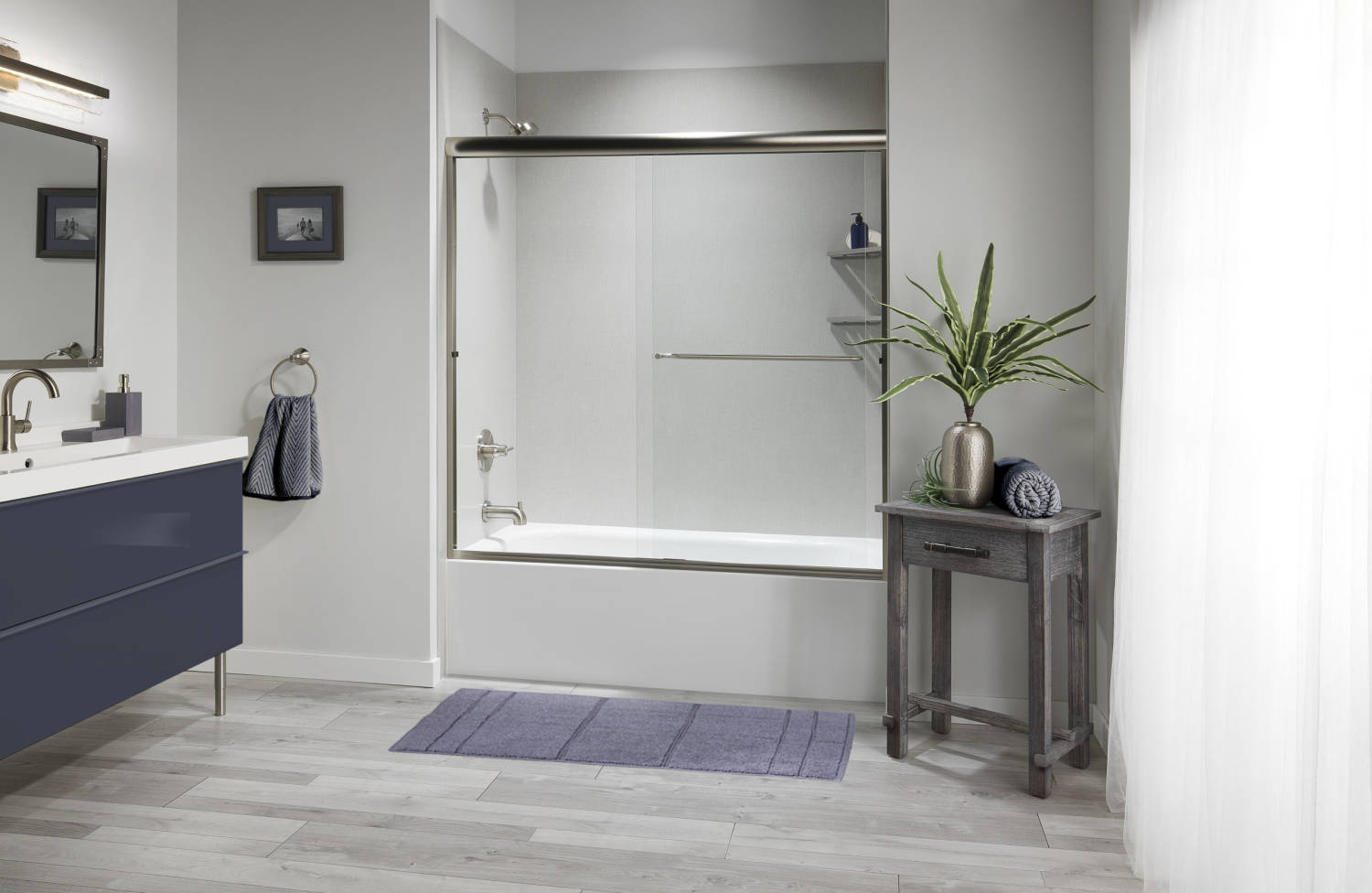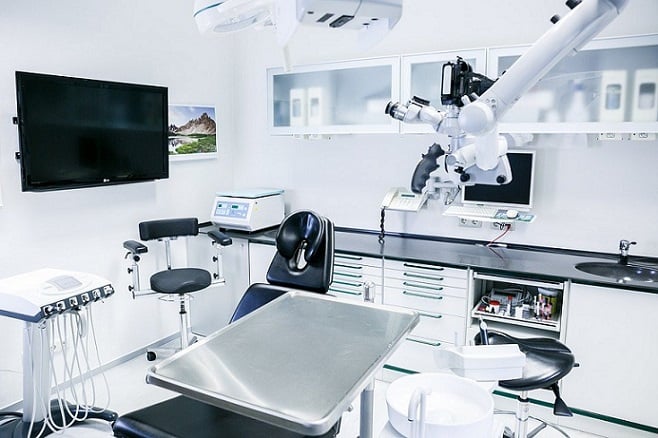Acrylic is used in vacuum forming due to its clarity, malleability when heated, durability, and cost-effectiveness.

Overview of Acrylic Material
Acrylic, often referred to as Plexiglas or Perspex, is a transparent thermoplastic often used as a lightweight or shatter-resistant alternative to glass. Derived from natural-gas, it provides a clear view, similar to glass, but it’s more robust and has many applications due to its malleability when heated.
Properties of Acrylic
- Transparency: One of the most recognized features of acrylic is its high transparency. It allows over 90% of light to pass through, making it more transparent than most types of glass.
- Weather Resistance: Unlike other plastics, acrylic doesn’t yellow over time when exposed to sunlight. This makes it ideal for outdoor applications.
- Lightweight: Acrylic is less dense than glass, making it a suitable replacement where weight might be an issue.
- Impact Resistance: It is more resistant to impact than glass, thereby reducing the risk of breakage.
- Malleability: When heated to specific temperatures, acrylic becomes pliable, allowing it to be molded into various shapes.
Comparison with Other Materials
- Acrylic vs. Glass: While glass is heavier and can break easily, acrylic offers a lightweight solution with increased impact resistance. However, glass tends to be more scratch-resistant than acrylic.
- Acrylic vs. Polycarbonate: Both materials are clear plastics, but polycarbonate is even more impact-resistant than acrylic. However, acrylic has a glossy finish, which is often preferred for aesthetic reasons.
- Acrylic vs. PETG: PETG is another clear plastic. While PETG can be vacuum-formed at lower temperatures than acrylic, acrylic offers superior rigidity and UV resistance.
Benefits of Using Acrylic in Vacuum Forming
Vacuum forming is a popular method for shaping plastics, and acrylic stands out as one of the top choices for this process for several reasons. Let’s dive into some of the primary benefits of using acrylic in vacuum forming:
Clarity and Aesthetics
- High Transparency: One of the primary reasons acrylic is favored in vacuum forming is its high transparency. Products formed can maintain a glass-like clarity, making them aesthetically pleasing.
- Smooth Surface Finish: Post vacuum forming, acrylic can retain a smooth surface, reducing the need for post-process finishing.
- Color Variety: Acrylic sheets come in a variety of colors, offering flexibility in design and aesthetics for various applications.
Durability and Strength
- Impact Resistance: Vacuum-formed acrylic products have a high resistance to impact, minimizing the risk of damage during use or transportation.
- UV Resistance: Given that acrylic doesn’t yellow over time, products maintain their appearance even when exposed to sunlight. This property is particularly beneficial for outdoor displays or signage.
- Longevity: Acrylic products tend to have a longer lifespan than those made from other materials due to their resistance to wear, weather, and UV rays.
Thermal and Forming Properties
- Uniform Thermoforming: Acrylic heats evenly, ensuring a uniform shape during the vacuum forming process. This quality results in consistent and high-quality products.
- Flexibility in Design: Due to its malleability when heated, acrylic allows for the creation of intricate and detailed designs, which may not be possible with other materials.
- Rapid Setting: After being heated and molded, acrylic cools and sets relatively quickly, making it efficient for bulk production.
Comparative Analysis
Understanding the advantages and drawbacks of acrylic in relation to other plastics is crucial for making informed decisions in vacuum forming applications.
Acrylic vs. Other Plastics in Vacuum Forming
| Aspect | Acrylic | Other Plastics (e.g., PETG, Polycarbonate) |
|---|---|---|
| Transparency | ✔ Clear and highly transparent | ❌ Some plastics may not offer the same level of clarity |
| UV Resistance | ✔ Doesn’t yellow over time | ❌ Certain plastics can degrade with UV exposure |
| Forming Temperature | ✔ Requires higher temperatures | ✔ Some plastics, like PETG, can form at lower temperatures |
| Impact Resistance | ❌ Can crack under high impact | ✔ Polycarbonate, for instance, has higher impact resistance |
| Scratch Resistance | ❌ More prone to scratches | ✔ Some plastics have better scratch resistance |
| Cost | ✔ Generally more affordable than polycarbonate | ❌ Polycarbonate tends to be more expensive |
| Weight | ✔ Lightweight | ✔ Generally, most plastics are lightweight, but exact weights vary |
Benefits and Limitations
- Benefits of Acrylic:
- High optical clarity making it ideal for display purposes.
- Excellent UV resistance ensures longevity in outdoor applications.
- Often more cost-effective when compared to some other high-end plastics.
- Limitations of Acrylic:
- Can be prone to cracking under certain conditions.
- Not as scratch-resistant as some other plastic alternatives.
- Requires careful handling during the forming process due to its sensitivity to temperature.

Applications of Acrylic Vacuum Formed Products
Acrylic’s versatility, combined with the adaptability of vacuum forming, means that products made using this method find their way into a variety of sectors. The transparent nature, robustness, and lightweight character of acrylic make it a favorite among industries. Here’s a closer look at some primary applications:
Signages and Displays
- Outdoor Billboards: Given acrylic’s resistance to weathering, it’s an excellent choice for outdoor billboards and signages that require longevity and clear visibility.
- Retail Displays: Stores often use vacuum formed acrylic displays because of their aesthetic appeal and durability. They are perfect for showcasing merchandise in a stylish manner.
- Information Boards: Whether in offices, malls, or public transportation hubs, acrylic is commonly used for information boards due to its clarity and ease of maintenance.
Automotive Components
- Headlight and Taillight Covers: Acrylic’s clear, strong nature makes it a favorite for protecting automotive lights, ensuring they remain clear and undamaged over time.
- Dashboard Elements: The adaptability of vacuum forming allows for the creation of intricate designs, which is particularly beneficial for the diverse components on a vehicle’s dashboard.
- Sunroofs: Acrylic sunroofs are not only lightweight but also resistant to UV rays, ensuring passengers get a clear view without the harmful effects of direct sunlight.
Medical and Dental Devices
- Dental Retainers: Due to its non-toxic nature and malleability, acrylic is often used in creating dental retainers and other orthodontic devices.
- Equipment Housings: Many medical devices need clear, strong housings to protect sensitive electronics while still allowing visibility. Acrylic is a favored choice for such applications.
- Surgical Tools: Some specialized surgical tools employ acrylic components because of their strength and clarity, enabling surgeons to perform their tasks with precision.

Environmental Impact
Acrylic, primarily polymethyl methacrylate (PMMA), has its unique environmental footprint. Understanding its impact is critical for both consumers and manufacturers.
Recycling and Sustainability of Acrylic Products
- Recyclability of Acrylic: Unlike some plastics, acrylic can be recycled. It’s broken down into its monomer components, purified, and then reformed into acrylic sheets or products.
- Energy Consumption: The production of acrylic consumes energy, mainly during the polymerization process. Seeking renewable energy sources can reduce this footprint.
- Alternative Acrylics: Biobased acrylics are emerging as a sustainable alternative, derived from renewable resources rather than fossil fuels.
- Post-Consumer Waste: Acrylic products have a relatively long lifespan, which reduces the need for frequent replacements. Manufacturers are now focusing on designing for recyclability from the outset.
Reduction in Waste
- Manufacturing Efficiency: Advances in manufacturing techniques have reduced off-cuts and wastage during the production of acrylic sheets.
- Upcycling Opportunities: Discarded acrylic can be creatively repurposed. For example, acrylic scrap can be molded into new artistic or functional items.
- Waste Management: Encouraging proper waste segregation ensures that acrylic reaches specialized recycling facilities rather than landfills.
- Consumer Awareness: Educating consumers about acrylic’s recycling potential can drive demand for recycling services, further reducing environmental impact.


